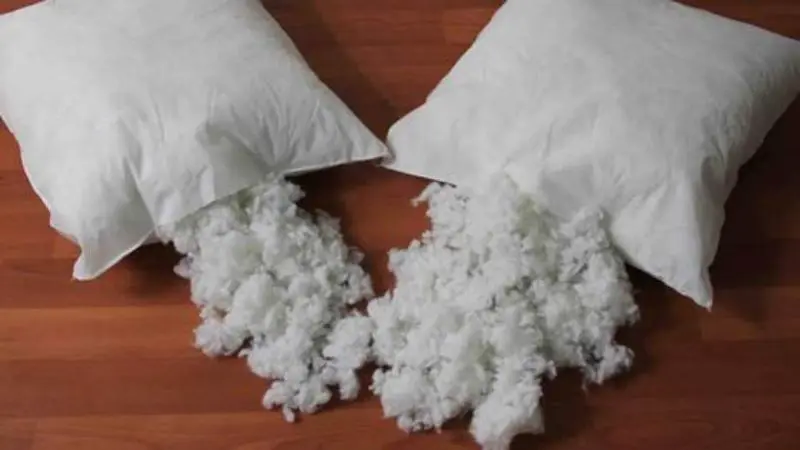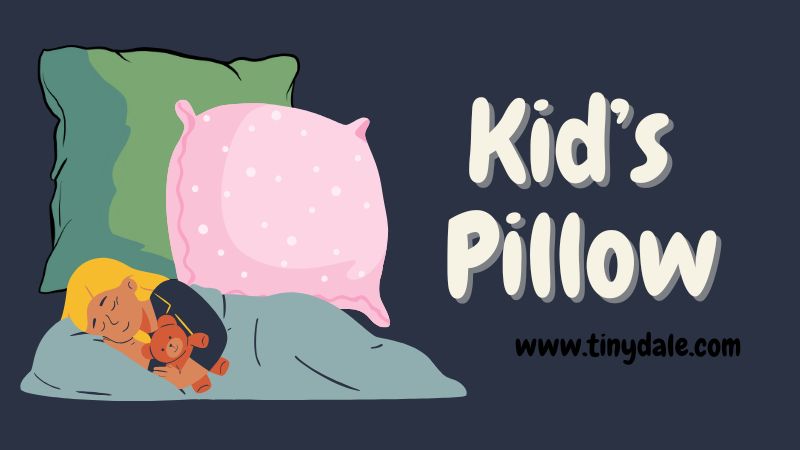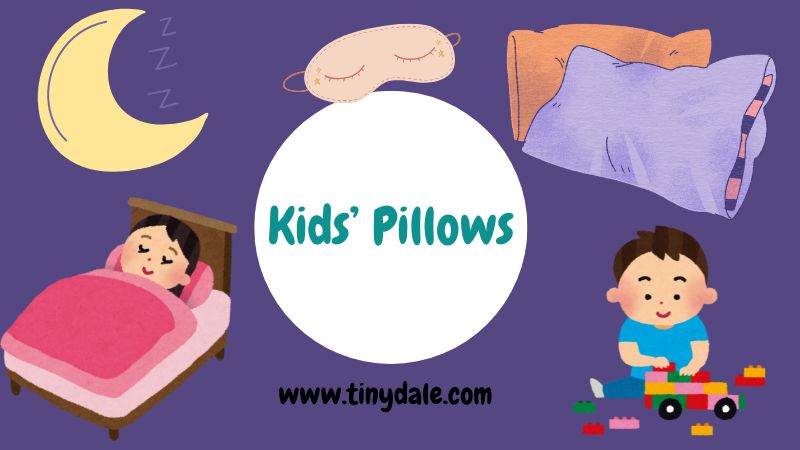It’s normal for parents to ask when to give a toddler a pillow, regardless of whether their child has just moved from a crib to a bed or is simply maturing. Particularly when encouraging your kids to have healthy sleeping habits, the correct pillow can make all the difference.
However, you are not required to use the pillowcase just because it comes with the package. After all, what is the point of a children’s pillow? To enhance your child’s interior design? Or provide consolation? Learn more about kids’ pillows and the answer to this query by reading on.
Is a Kids Pillow Necessary?
Although toddler pillows are typically seen as safe for children ages two and above, they are by no means required. In fact, you might want to wait if a youngster is sleeping soundly without a pillow.
“Remember that pillows are meant to make a toddler more comfortable,” says Carolina Romanyuk, a trained child and family sleep consultant with expertise in pediatric sleep hygiene. “However, some toddlers feel very at ease without a pillow.”
Romanyuk advises seeing how your 2-year-old sleeps with a blanket or stuffed animal if you’re unsure if your child will benefit from a toddler pillow. “Your toddler is most likely ready for a pillow if they are resting their head on a blanket or stuffed animal,” she advises.
What Difference Does A Good Pillow Make?
High-quality bed Kids’ pillows improve the quality of sleep in addition to preserving alignment. The ideal pillow for kids can make the difference between a sleepless night and a restful one.
A high-quality pillow promotes sleep by 5:
- releasing tension from the shoulders, head, and neck (keeping you pain-free)
- Providing a calming experience
- lowering snoring, which is caused by strained neck muscles and interferes with sleep cycles
- Children find it much simpler to fall and remain asleep in a comfortable and welcoming sleep environment.
- This sets the stage for a full night of development that is healthy.
How To Choose A Good Kids Pillow?
1. Age and Stage of Development
The age and developmental stage of your child are the most crucial factors. For instance, pillows should not be used at all by infants younger than two years old due to potential safety hazards.
Kids Pillow plays a significant role in the bedtime scene after toddlerhood comes. However, an adult-sized pillow won’t be safe for kids. The ideal toddler pillows are:
- Tiny in size
- Low loft (less than three inches thick)
- Firm (to prevent the suffocation danger associated with soft pillows)
Not every child will make the switch from a pillow-free to a pillow-equipped sleeping environment at the same time. Pay attention to your child’s sleeping patterns as they get closer to two years old. It’s time to get your child a pillow if you see that they are resting their heads on blankets or plush animals.
Their sleeping posture may alter as they get older, so it’s critical to have a pillow that accommodates their evolving sleeping habits. To suit their developing bodies, older kids (8–10 years old and higher) can switch to larger kids pillow with medium loft (3-5 inches thick).
2. Fillings and Materials (Kids Pillow)

As we sleep, sweat and saliva are easily transferred from our bodies to our pillows. Children are considerably more likely to experience this because they are less hygienic than adults. The proper material helps to maintain sound sleeping habits in addition to ensuring durability. Children’s pillows put in a lot of labor, so pick a material that is easy to clean and antimicrobial. A great option is our low loft memory foam pillow, which comes with a detachable polyester cover for effortless washing.
You also have a few choices regarding filling or the support that the kids pillow provides inside:
- Memory foam: Memory foam has the amazing ability to conform to the contours of your head and neck. A good cooling memory foam cushion wicks away moisture and warmth even if memory foam does retain heat.
- Cotton: Soft and supportive, cotton is one of the most popular filler materials. It is also well-known for its ability to control body heat, breathability, and resistance to mold and dust mites.
- Latex: The firmest sort of filler, latex also keeps mold and dust mites at bay. For those who require additional neck support, its stability is a huge benefit. Latex is a great option for hot sleepers because it also helps to control body temperature.
3. Hypoallergenic Options
Lastly, you should think about allergies. You want to protect their sleep by avoiding reactions because certain kids could be more sensitive to the ingredients in their pillows. Memory foam pillows are the least likely to induce allergies out of the three types because they are synthetic.
Nonetheless, certified hypoallergenic pillows of all kinds are still available. These will be strengthened with extra defense against: Dust mites, bacteria, and mold
Selecting a certified hypoallergenic product is smart if your child has allergy problems.
Tinydale is on YouTube, Click here to subscribe for the latest videos and updates.
Follow Us: Facebook | Instagram | Twitter | Youtube | Pinterest


